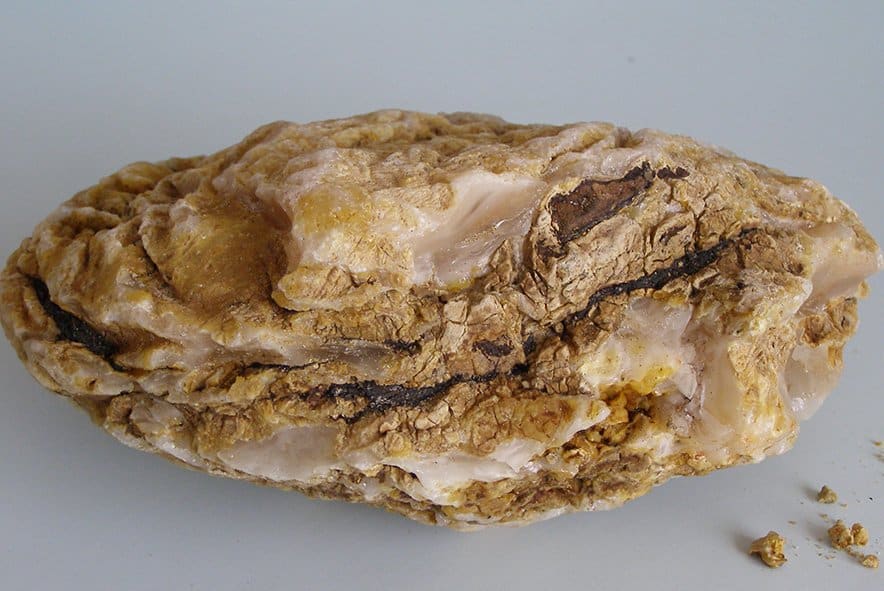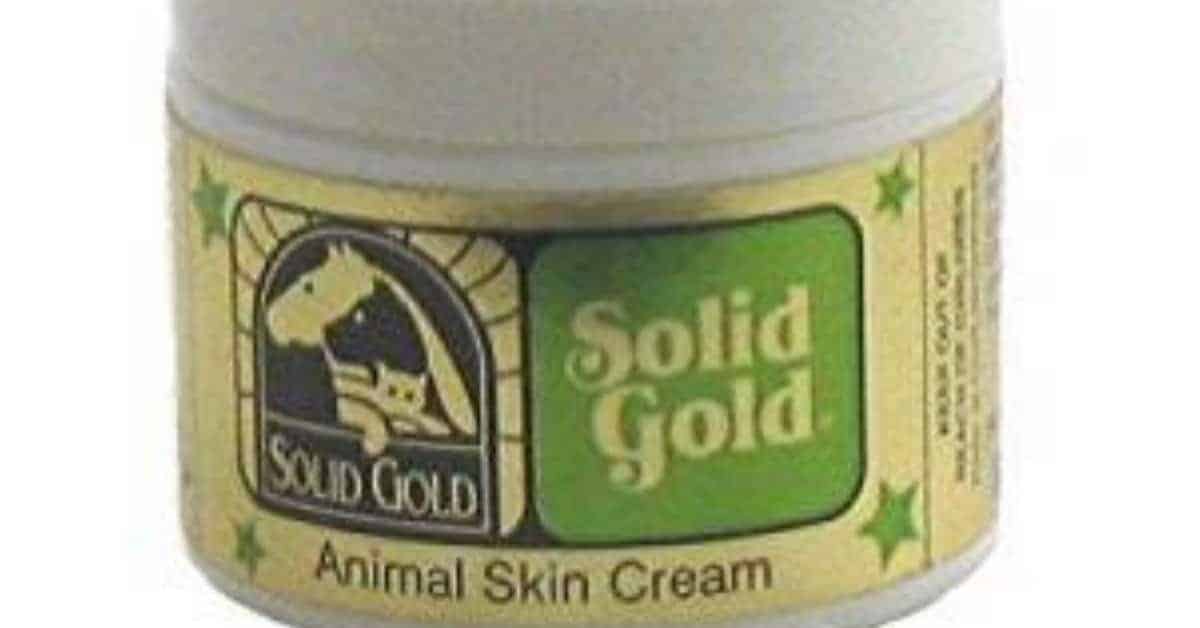Humans have been painting their faces and trying to enhance their beauty for thousands of years. The ancient Egyptians used kohl eyeliner, often made of soot, to line their eyes for both aesthetics and protection from blazing sunlight. Ancient Romans had their own standards of beauty, including a fondness for unibrows that led women to pencil in hairs or even attach animal hair to their faces. The French took toxic beauty standards quite literally in the 18th century, favoring lead and arsenic both of which are deadly poisonous.

Throughout history, two elements of beauty have been consistent: gross ingredients and practices. It seems both men and women have always valued beauty strongly enough to go through some genuinely disgusting processes to achieve it.

1. Whale Vomit in Perfume
Ambergris has long been used in the finest of perfumes. It created the scent base of some of the world’s most exquisite fragrances. It is said to smell fecal when freshly produced, but it ages into a somewhat sweet earthy smell. Thanks to the controversy of whaling, ambergris has widely been replaced by the synthetic terpenoid ambroxide.
Ambergris is a product of a sperm whale’s digestive tract, hence why it is often jokingly referred to as whale puke. It is theorized that ambergris is produced as a protective substance to coat the sharp beaks of giant squids that have been eaten by the whales. The product can be found in the ocean after having been passed by whales or in the digestive tract of slaughtered whales.
In addition to its use in creating musk based perfumes, ambergris has also been considered an aphrodisiac at different points throughout history and was used as medicine in the middle ages. It was believed to be curative for epilepsy, headaches, colds and other ailments. While ambergris can still be collected and is still used in some extremely high-end perfumes, the sperm whale itself is protected due to its place on the endangered and protected species registry. Unsurprisingly, given its rarity, ambergris is now incredibly expensive.

